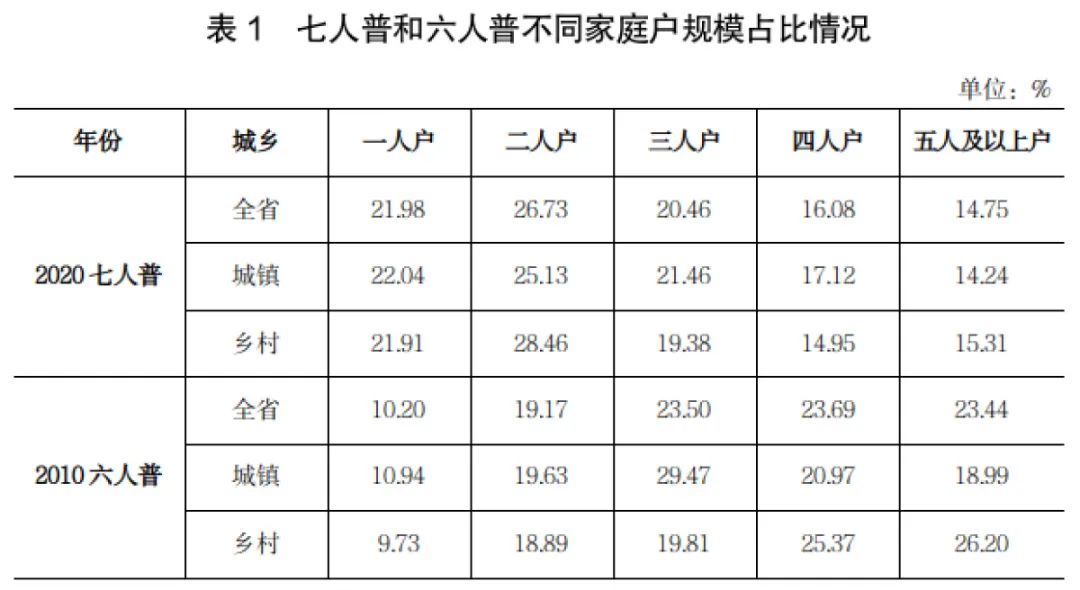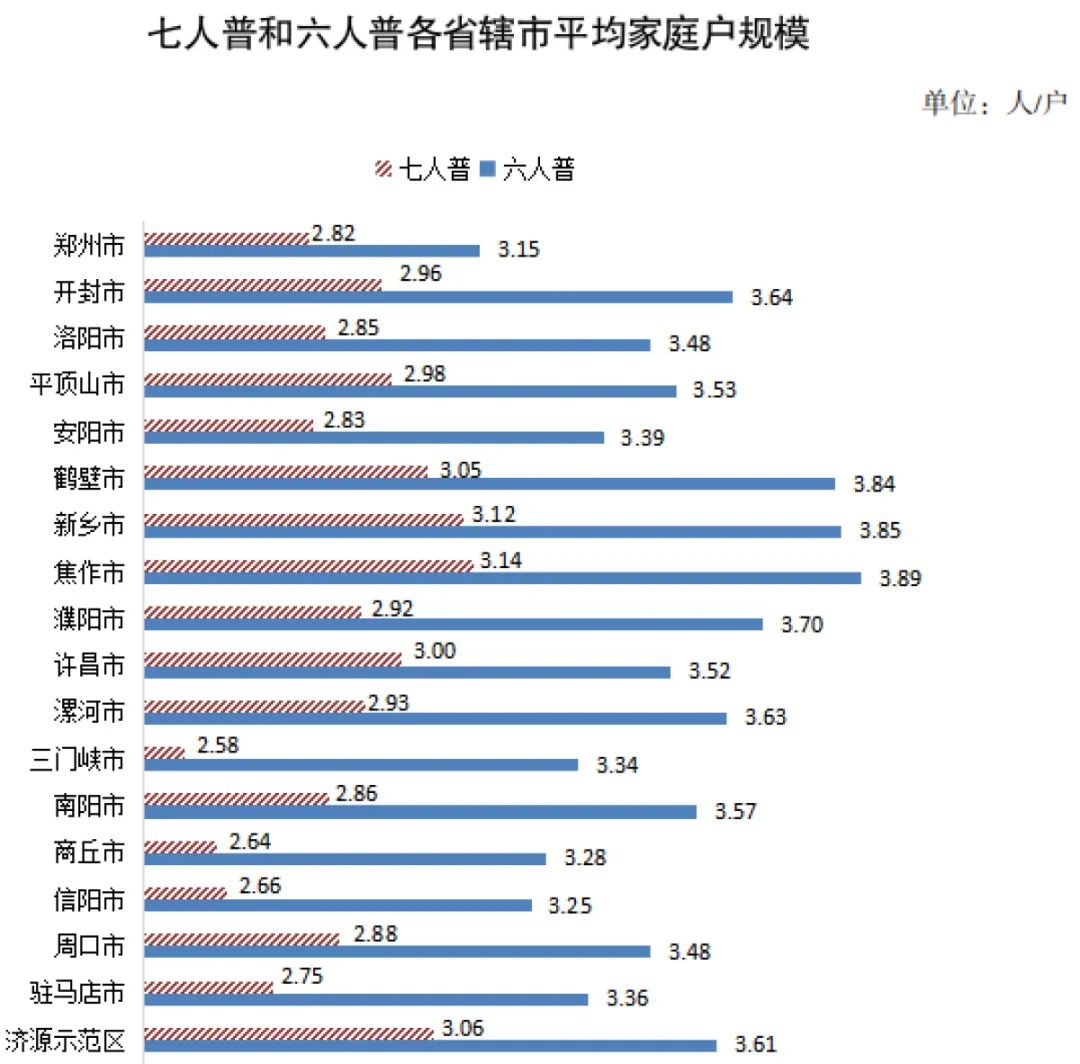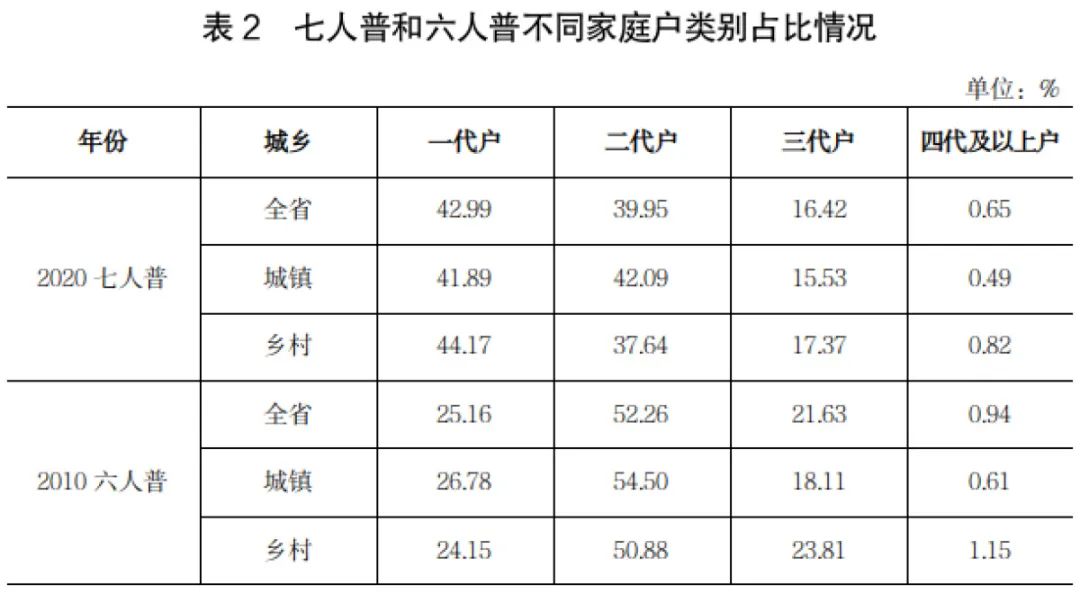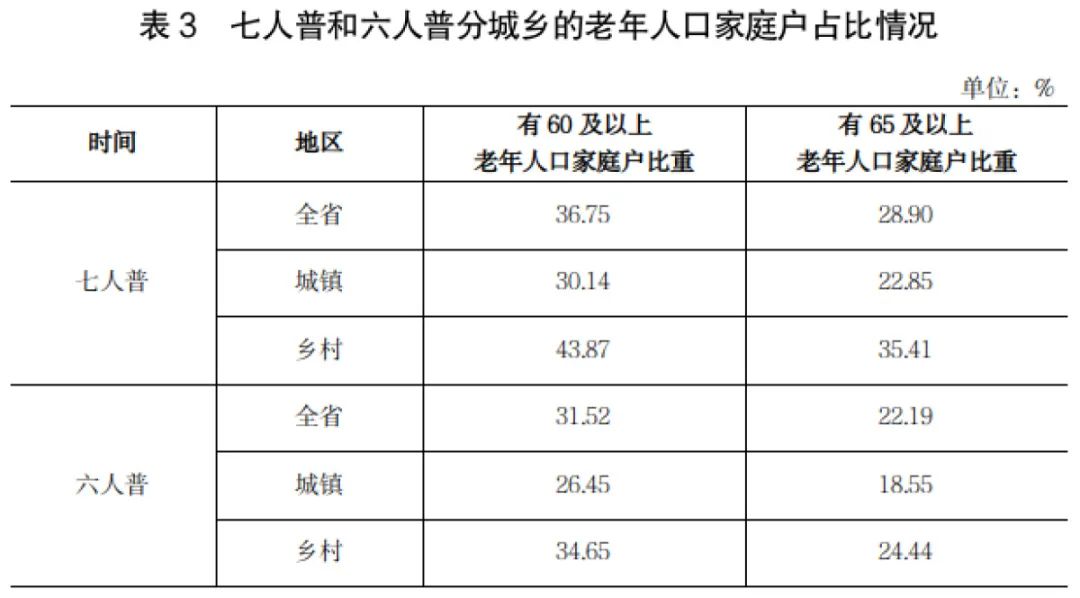Henan's census is released: an average of 2.86 people per household, the youngest family of Zhengzhou family
Author:Top news Time:2022.06.29

On June 29, the Henan Provincial Bureau of Statistics released data showing that according to the seventh national census of 2020 (hereinafter referred to as seven people), Henan Province (mainly family members' relationship, mainly living in a common life, live a common life. As a family household. Those who live alone alone are also as a family household.) 31.783 million households, an increase of 5.854 million households from the sixth national census (hereinafter referred to as six people) in 2010. Among them, the average family households in Henan Province are 2.86 people/households, while the families in Zhengzhou are the youngest.
Family household size situation
Seven -person data shows that the average family households in Henan Province are 2.86 people/households, a decrease of 0.61 people/households than the 3.47 people/households of six people.
A: The average family households in rural areas are smaller than town
Seven -person data shows that the average households in rural villages in our province are smaller than town. The average family households in Henan Province are 2.87 people/households, a decrease of 0.43 people/households compared with six people; the average number of household households in the countryside is 2.84 people/households, a decrease of 0.74 people/households compared with six people.
Among the urban family households, the two households accounted for the highest proportion of all household households, 25.13%; followed by one -person households, accounting for 22.04%of the number of household households. Among the rural family households, they are also the highest proportion of two households to all households, 28.46%, followed by one -person households, accounting for 21.91%of all households.
According to the two census data, in the decade of 2010 to 2020, the proportion of four households and five or more households has reduced significantly, and the proportion of one household and two households has increased significantly, and the proportion of three households has remained stable.

B: The average family household size in different regions
Seven -person data shows that the average number of households with the largest number of households is Jiaozuo City, 3.14 people/households, followed by 3.06 people/households of 3.12 people/households in Xinxiang City. It is 2.58 people/households, followed by 2.64 people/households in Shangqiu City and 2.66 people/households in Xinyang.

Family household category situation
Seven -person data shows that the province's household household category is dominated by first -generation households and second -generation households, accounting for 82.94%of all households. One generation households accounted for 42.99%, an increase of 17.83 percentage points compared to six people, 39.95%of the second -generation households, a decrease of 12.31 percentage points, and three generations accounting for 16.42%, a decrease of 5.21 percentage points. (Reporter's Note: "First -generation households", that is, the situation of living or single residence in the same generation. "Second -generation households" are the traditional family of three.)

From the perspective of urban and rural areas, compared with the six people, whether it is towns or villages, the proportion of a generation of households has increased, and the town rises by 15.11 percentage points, and the countryside rises by 20.02 percentage points. Both the second -generation households and the third generation households have declined to varying degrees. The second -generation households and villages have decreased by 12.41 and 13.24 percentage points, respectively.
According to the above data, it can be seen that the trend of miniaturization of the family in our province is obvious. In the past, the big families living with their parents and their parents have become increasingly decreasing. Simple small families and core families are increasing. There are fewer and fewer people in the hall.
There are elderly population family households
Seven -person data shows that there are 11.679 million family households with a population of 60 and above in the province, of which 9.185 million are households with a population of 65 and over. 5.754 million households increased by 42.91%and 59.63%, respectively, accounting for 36.75%and 28.90%of the total family households, respectively.
A: The youngest family in Zhengzhou City
From the perspective of provincial municipalities, in 2020, Hanghe City has the largest proportion of family households with a population of the elderly with a population of 60 and above, with 41.92%, followed by 41.17%of Jiaozuo, and the lowest is Zhengzhou's 28.22%. It can be seen that due to the different aging processes in various provinces, families with elderly population account for a large difference in the proportion of all families. Because of the number of young people from Zhengzhou, Zhengzhou has become the youngest city in the province. Essence B: The proportion of families with the elderly population in the countryside is higher than the town
Seven -person data shows that the proportion of households with elderly people with a population of the elderly has increased, regardless of the urban or rural areas; the proportion of rural areas is higher than the urban and towns, and compared with the six people, the gap between urban and rural accounts is further expanded. When the seven people are Pu, there are 13.73 percentage points in the urban and rural areas of 60 and over the elderly population. The difference between the proportion of urban and rural areas is 12.56 percentage points, and the difference between the six people is 5.89 percentage points.
————————————————————————

Source: Dahe Daily · Yu Video Reporter Wang Xinchang
- END -
How to interpret the Federal Reserve ’s interest rate hike meeting and future interest rate hike process

Q: How to interpret the Federal Reserve ’s interest rate hike meeting and future ...
From June 29th, Shanghai will gradually resume the food and catering industry will welcome the consumption restoration period
On June 26, at the press conference of the Shanghai outbreak prevention and control work, Lai Xiaoyi, a second -level inspector of the Shanghai Municipal Commerce Commission, reported that based on th